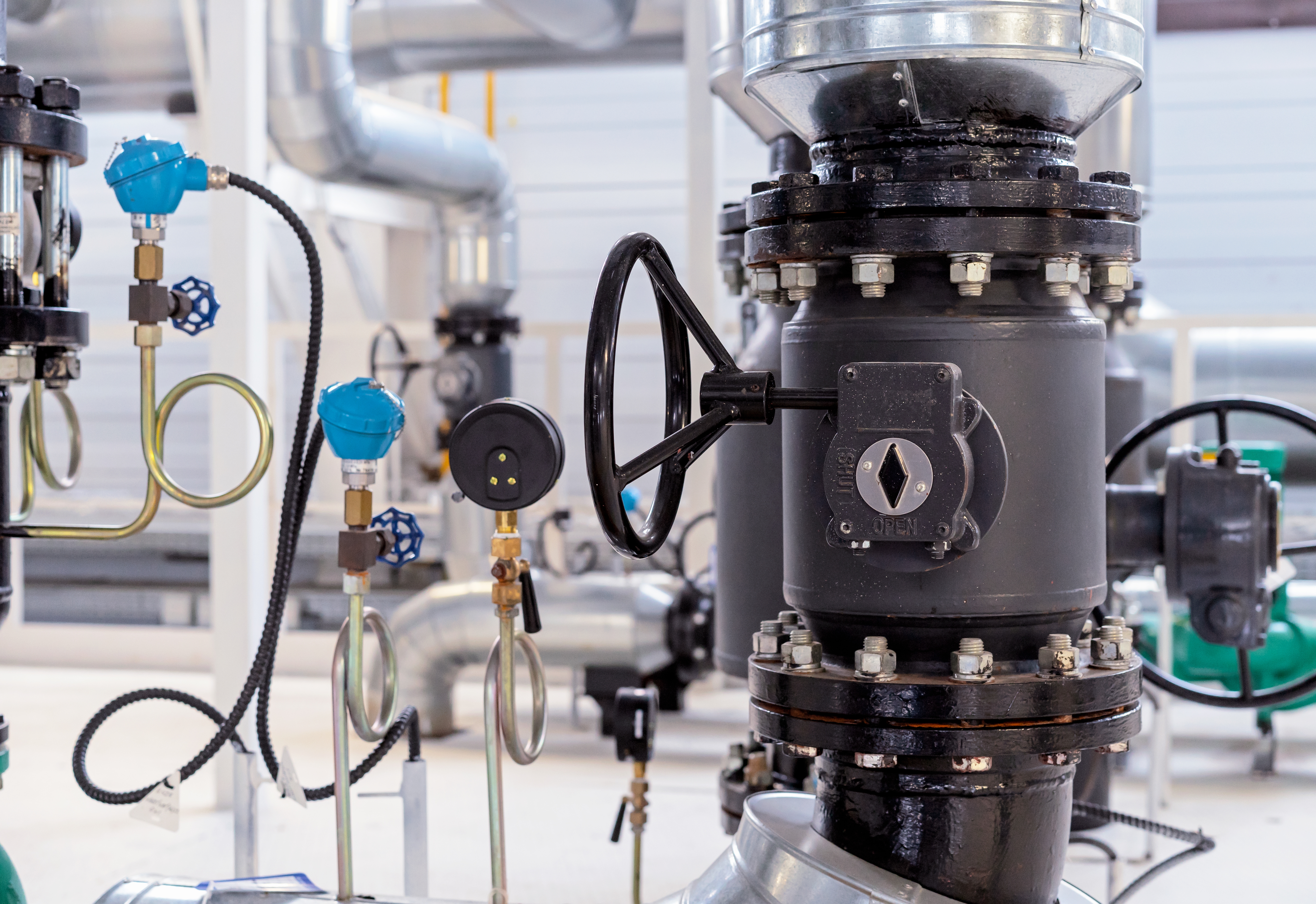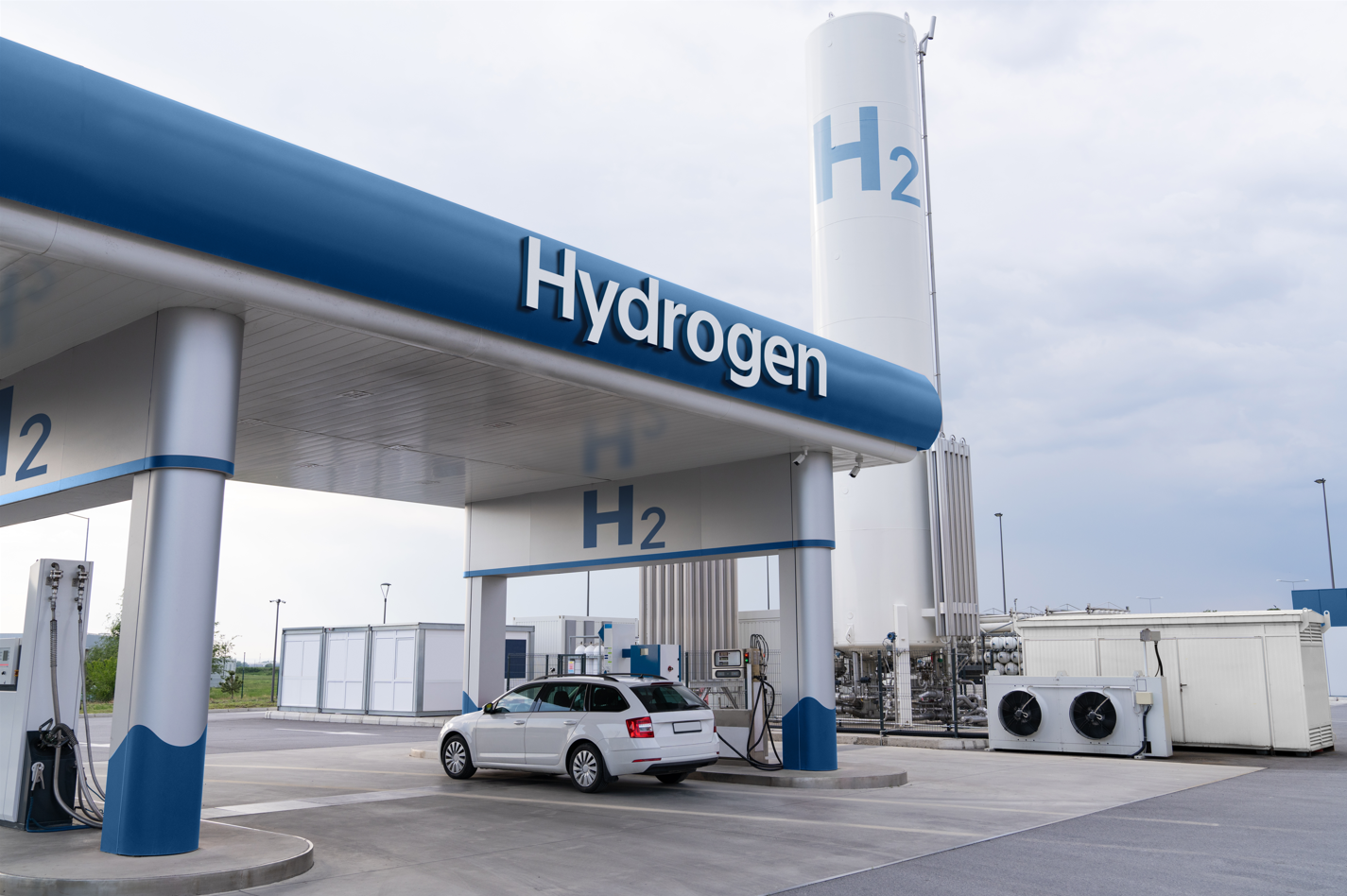Featured Articles
2023-03-06
[2023-03-06 ~
]
The Development of Extremely High-Temperature Components and Materials Has Become the Most Serious Challenge for the Development of New Energy Vehicles

Traditional fuel vehicles have been circulating on the market for a hundred years, accumulating sufficient experience, and technology is constantly improving and has reached the point of maturity. One of the most critical aspects of the whole technology pulse is the introduction of electronic technology, which has had a revolutionary impact, greatly improving automotive performance and safety, and creating more extremely practical applications. Looking back on this history, the earliest electronic equipment installed on automobiles first introduced the vacuum tube car audio in the 1930s, which can also be regarded as the first time to open the use of cars to expand entertainment use; The introduction of semiconductors after World War II greatly enriched the electronic content of automobiles, including automotive alternators and ignition systems using transistors, were important milestones. The advent of microprocessors in the 1970s made ignition electronically controlled and made it possible to fuel injection systems that improved fuel efficiency and reduced carbon emissions while maintaining performance and driving convenience. With the rapid progress of low-cost and high-performance semiconductors, more practical functions such as engine management, power control, air conditioning temperature control, anti-lock braking system, passive safety system, and navigation function have been created. For more than two decades, the advent of sensors, combined with cutting-edge image processors, has made automatic roadside parking or even autonomous driving no longer a dream.
The above electronic process is based on the existing fuel vehicle or the development of functions without the car’s power source. However, at the end of the last century, after the advent of gasoline-electric hybrid vehicles that emphasize low energy consumption and low emissions, and even the pure lithium vehicles and plug-in hybrid vehicles launched one after another, and even the epoch-making commercialization of hydrogen vehicles, entered a new era of diversified hybrid power, the technology developed solely by fuel vehicles in the past may not be able to be used, especially the treatment of temperature is a major challenge, and it is also a key technology that various automakers must invest huge resources in developing now and in the future.
High-temperature Resistance and Thermal Management, are the Most Preferred Technology Options for the Development of New Energy Vehicles
Reducing carbon emissions has become a global goal, and electrification has proven to be the most appropriate tool to restructure the energy source of vehicles, whether it is to uninstall traditional internal combustion engines or transition to new energy vehicles. The relative impact of this epoch-making change on the technology of the automotive industry will be comprehensive, far greater than the course of electronic technology in the past. This change is multifaceted and interlocked.
The thermal management of automobiles is from the perspective of the whole vehicle, coordinating the relevant matching, optimization, and control of related parts and subsystems such as vehicle engines, air conditioners, batteries, and motors so that each functional module is in the best working temperature range to achieve the safety, comfort, energy saving and improved life of the whole vehicle.
Although the thermal management system of new energy vehicles is derived from traditional fuel vehicles, the complexity of pure lithium vehicles has increased a lot. Lack of waste heat from internal combustion engines to heat the interior of the vehicle, e.g. heat pumps are required, for example, to save energy. The refrigerant and cooling circuits need to be optimally coordinated according to changes in heating or cooling so that the heat transfer in the vehicle can provide the necessary temperature in combination with various operating modes.
Taking the hybrid vehicle's gasoline-electric hybrid mode as an example, during driving, the power battery or supercapacitor is in a state of high-current charge and discharge, and when accelerating or climbing, the current reaches several hundred amperes, which will generate a lot of heat. However, the power battery needs to be installed in a closed cabin with protection requirements, and as the heat accumulates, the temperature will gradually rise, and necessary heat dissipation measures must be taken.
From the above examples, we can understand that the system and parts of new energy vehicles face critical situations in terms of temperature, especially the higher the precision, the greater the need for the system to use appropriate thermal management technology to respond quickly to temperature surges, and it also needs to monitor and protect subsystems and other supporting measures. In the development of new energy vehicles, automakers must fully master the technology of high-temperature resistance and thermal management to ensure that the performance and safety of vehicles can surpass that of traditional internal combustion engines, to gain the trust of consumers. This aspect has become almost the top priority for technology research and development among automakers.
References
- NGK Spark Plug CO. Ltd., Innovative Development of Hydrogen Leak Detection Sensors – Improving both Driving Performance and Security of Ultimate Eco Cars FCV
- NGK Spark Plug CO. Ltd., A new sensor beyond core technology that enjoys top market share. NGK SPARK PLUG CO., LTD. has developed "temperature sensors for turbochargers" that are very resistant to harsh conditions
- Bosch Mobility Solutions, Thermal management for hybrid systems and electric drivers
- Texas Instruments, Eight questions about monitoring and protection in hybrid and electric vehicles



